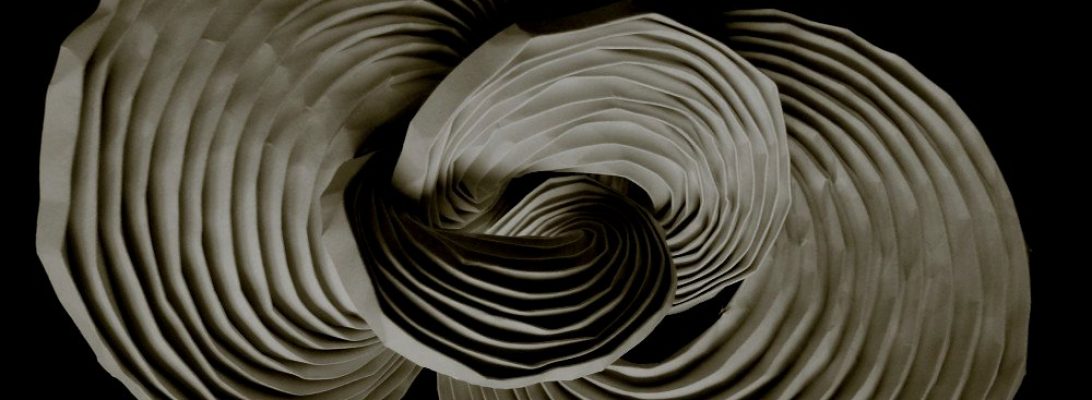Mum had Basset hounds when we were kids – wondrously preposterous dogs with twice as much skin as any dog needs, rediculously long ears and a bark straight from the bowels of hell. We loved the “girls”; they were very intelligent, active and protective (and seemed to delight in sneaking up behind us and barking deeply once, for the effect – I am sure it amused them):

This model is as close to the actual basset hound shape as I have found folded from paper, and the colour changes make this model actually closely resemble one of our bassetts named “Cleo” – lovely dog. The stance is really typical and the placement/proportion of the ears and head are spot on.

Folded from white/natural duo Ikea Kraft, it is a challenging model because of a number of judgement fold steps and some tricky shaping, but i am happy with the result (and hope mum likes it, a gift for her).


















